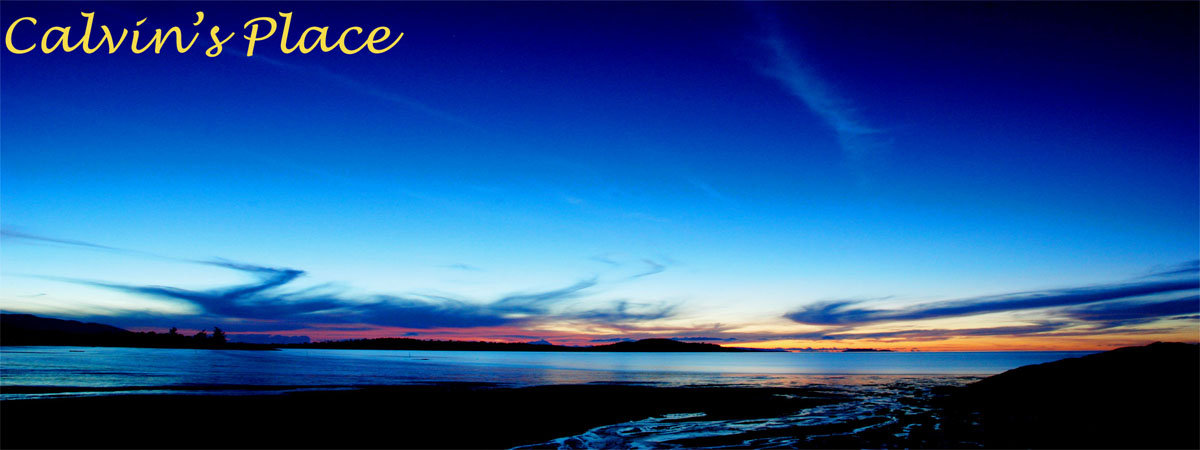



NEW ORLEANS (Reuters) - Thousands of people in New Orleans and across the U.S. Gulf Coast fled their homes on Sunday as Hurricane Gustav barreled through the Gulf of Mexico packing a punch potentially as powerful as Hurricane Katrina.
New Orleans Mayor Ray Nagin ordered mandatory evacuation of the city of 239,000 and told residents "This is still a big, ugly storm, still strong and I encourage everyone to leave."
The storm evoked memories of Katrina which struck almost exactly three years ago, flooding 80 percent of the city, killing 1,500 people in five states and costing $80 billion.
Nagin warned anyone who defied evacuation orders they would face extreme danger. Travel trailers that had housed some of those displaced by Katrina might "become projectiles" in the hurricane-force winds. He laid down a dusk-to-dawn curfew and told looters they would be sent straight for prison.
By most accounts, evacuations from New Orleans and other coastal cities were proceeding smoothly although traffic was moving slowly on clogged highways. More than 11.5 million residents in five states could feel the impact of the storm.
President George W. Bush and Vice President Dick Cheney, accused of a slow and botched response to Katrina's chaos, said they would not attend this week's Republican National Convention in St. Paul, Minnesota. Bush would travel to Texas to oversee emergency efforts.
Republican presidential nominee John McCain headed to the Gulf to survey preparations. Republicans were trying to figure out how to adjust their convention schedule to take account of events on the Gulf coast.
The oil industry from Texas to New Orleans was shutting down offshore platforms and flood-prone refineries on shore as the storm moved toward the region that pumps around a quarter of the nation's oil supply.
If, as currently predicted, Gustav lands west of New Orleans on Monday as a Category 4 hurricane with wind speeds up to 249 kph, its 4.9 metre storm surge could break through the same levees that failed three year ago.
Federal officials say the levees protecting New Orleans are stronger now but still have gaps.
Vanessa Jones, 50, said she had planned to stay but changed her mind after watching the news all night.
"I can't take a chance because so many people died in Katrina," Jones said as she prepared to board a bus headed to an unknown destination.
Katrina was a Category 3 when its 8.5 metre storm surge burst levees on Aug. 29, 2005. New Orleans degenerated into chaos as stranded storm victims waited days for government rescue and law and order collapsed.
EMOTIONAL SCARS
Thousands of people, still carrying emotional scars from Katrina, jammed highways out of New Orleans. The government lined up hundreds of buses and trains to evacuate 30,000 people who could not leave on their own and Nagin said 15,000 had been removed from the city, including hundreds in wheelchairs.
Residents boarded up the windows of their shops and homes before leaving town. In the city's tree-lined Garden District, which was largely spared by Katrina, Trinity Cazzola boarded up the windows of his Latin American restaurant before heading to Atlanta by road.
"I was here for Katrina and I was going to stay, but this one's coming really bad, and I decided to get out," the Honduran said. "The wind looks to be stronger this time, I'm scared it will rip the roof off."
Gustav weakened to a still dangerous Category 3 storm after it passed over Cuba after killing at least 86 people in the Dominican Republic, Haiti and Jamaica.
Forecasters said the hurricane was so wide that significant impacts were likely well away from the storm's eye. Bush has pledged full support to the governors of Louisiana, Mississippi, Alabama and Texas.
Katrina and Hurricane Rita, which followed it three weeks later, wrecked more than 100 Gulf oil platforms, but Gustav could deal a harsher blow.
"It remains likely that Gustav will prove to become a worse case scenario for the producing region and places the heart of the oil production region under a high risk of sustaining significant or major damage," said Planalytics analyst Jim Roullier.
As Gustav swirled through the Gulf, forecasters also kept an eye on Tropical Storm Hanna, in the Atlantic Ocean about 230 km north-northeast of Grand Turk Island.
It was moving west-northwest with top sustained winds of 85 kph and could strengthen during the next couple of days, the hurricane center said. The storm might eventually threaten Florida but its path was constantly changing.
(Additional reporting by Jeff Franks in Havana and Bruce Nichols, Chris Baltimore and Erwin Seba in Houston)
Copyright © 2008 Reuters
Source: The Star, World Updates, http://www.thestar.com.my/news/story.asp?file=/2008/9/1/worldupdates/2008-08-31T225958Z_01_NOOTR_RTRMDNC_0_-352558-1&sec=Worldupdates ( accessed 1 September 2008 )
Again, mother nature unleashed its power, at the same place, just with a different name. Hurricane Katrina unfolded a series of tragedy 3 years back and I can still remember the scenes of destructed homes, cities, dead bodies and particularly, the Super Dome. All these, viewed from news are still like yesterday's story and today, it happened again. Is this our repayment to Earth for disturbing its ecological balance? What comes around goes around.
We heat up the Earth and the heat heats up the ocean. Rising hot vapor gives storms its power and with its tremendous power, here comes the big category storm. Is this a simple theory for even a kid to understand?
If you dont understand, try boil a pot of water, cover it with a cover and look what the steam from the heat can do? It can lift up the cover just for the steam to escape. Compare it with an ocean?
God bless those who are leaving their homes once again....


0 comments:
Post a Comment